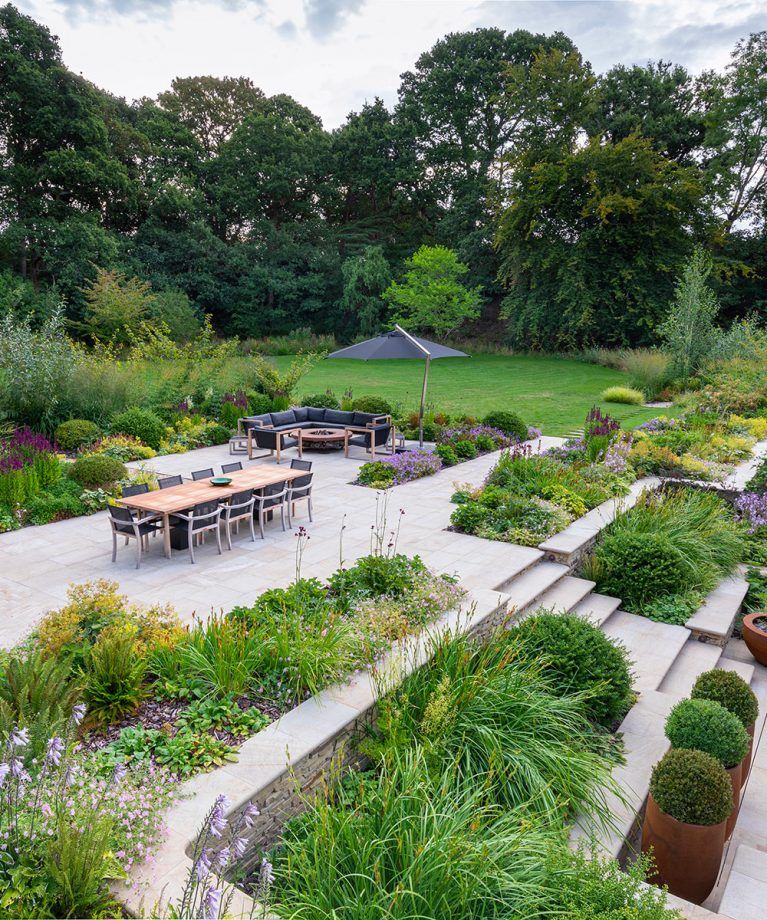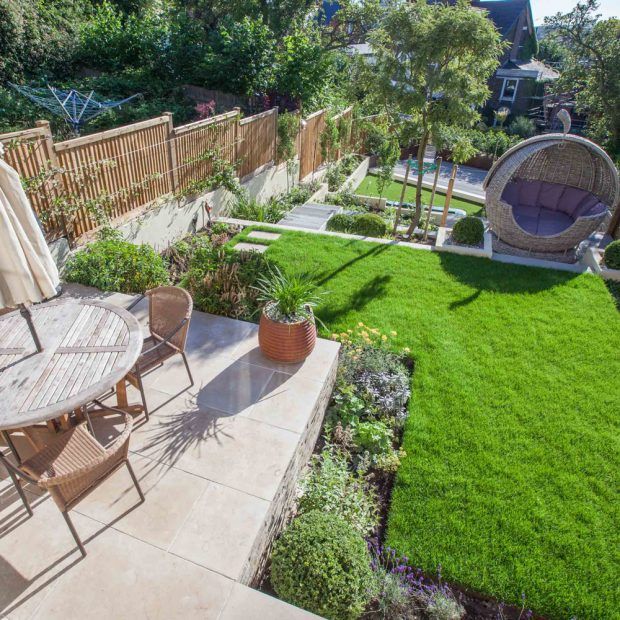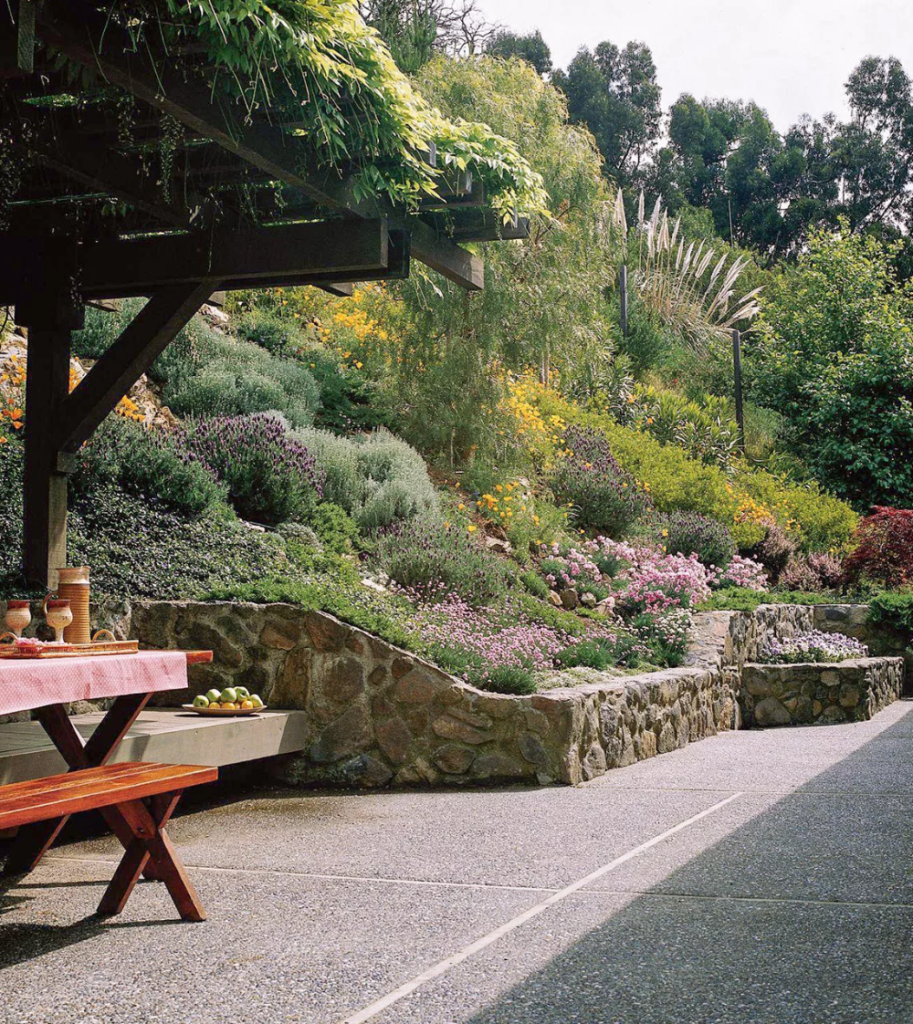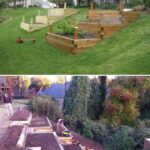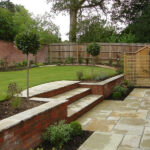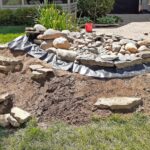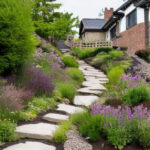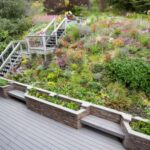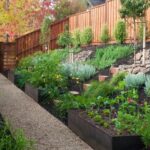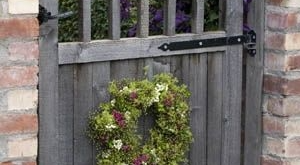Gardens are often considered to be spaces of peace and tranquility, providing a sanctuary for relaxation and contemplation. However, designing a garden on a slope can present some unique challenges. Sloping terrain can create drainage issues, soil erosion, and difficulty in plant establishment. Despite these challenges, with careful planning and strategic design, a sloped garden can be transformed into a beautiful and functional outdoor space.
One of the key considerations when designing a garden on a slope is proper drainage. Water tends to run downhill, so it is important to create channels, swales, or terraces to direct water away from plants and prevent soil erosion. Installing a retaining wall can also help to level out the slope and provide a foundation for planting beds. Incorporating a drainage system, such as French drains or dry wells, can further help to manage water flow and prevent erosion.
In addition to managing water drainage, soil erosion is another concern when designing a garden on a slope. Planting ground cover plants, grasses, or shrubs with deep root systems can help to stabilize the soil and prevent erosion. Mulching the soil can also help to retain moisture and prevent erosion. Terracing the slope with retaining walls or steps can create flat planting areas and prevent soil from washing away during heavy rainfall.
When selecting plants for a sloped garden, it is important to choose species that are adapted to the specific conditions of the site. Plants that have deep root systems, are drought-tolerant, and can withstand varying levels of sunlight and moisture are ideal for a sloped garden. Native plants are often well-suited for sloped gardens, as they are adapted to the local climate and soil conditions. Incorporating a mix of ground covers, shrubs, perennials, and trees can add visual interest and create a layered effect in the garden.
In terms of aesthetics, designing a garden on a slope offers unique opportunities for creativity and innovation. Planting in tiers or layers can create a sense of depth and dimension in the garden, while incorporating different textures, colors, and heights can add visual interest. Using retaining walls, steps, or pathways can help to define different areas of the garden and create a sense of flow and movement. Incorporating elements such as water features, sculptures, or seating areas can further enhance the beauty and functionality of a sloped garden.
Overall, designing a garden on a slope requires careful consideration of drainage, erosion control, plant selection, and aesthetics. With proper planning and strategic design, a sloped garden can be transformed into a beautiful and functional outdoor space that enhances the natural beauty of the landscape. By incorporating elements that work with the natural slope of the terrain, a sloped garden can become a unique and inviting space for relaxation, entertainment, and enjoyment.
 yishifashion Where Outdoor Dreams Become Reality
yishifashion Where Outdoor Dreams Become Reality
